Towards Iguazu Falls
January 29th, 2015, Merle Pavelson
Despite of roaming ship motors and other sounds from river our first night in rooftop tent was rather relaxing. After reorganizing our camping gear and tuning the van with some stickers, we were finally ready to hit the road. Traffic in Argentina is quite patient, as roads are full of humps, especially in urban areas, it is wise to keep speed on moderate level.
We are heading north, following the border river between Argentina and Uruguay. Long and straight road runs through wetland region. There are herds of cattle and horses, some animals cooling themselves in shallow waters. Over 30 degrees is overwhelmingly hot for all living creatures, humans and animals. Horses play an important role in gaucho’s everyday life. Gauchos, doing their daily work on horseback, fit naturally into these surroundings. From time to time we stopped on the roadside to take pictures and frightened unwillingly away a herd of green parrots. Our destination for the day is El Palmar Nacional Park, established for protection of Yatay palms. These palms with the height up to 18 meters covered large areas of Argentina and Brazil until the 19th century. Nowadays there are only few of them left, as most have been cut to create free space for agricultural purposes.
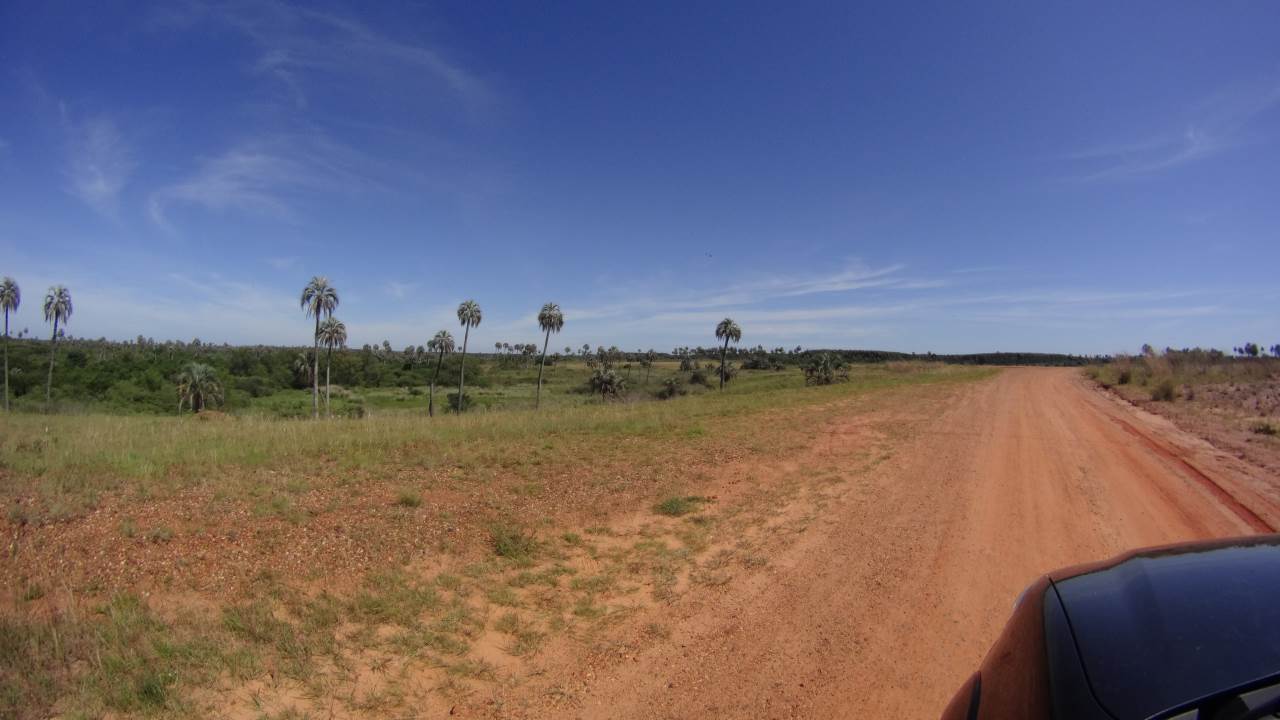
This environment in el Palmar is perfect for several bird species, wild doves, different hawks, swallows and others.
Another protected creature of El Palmar Nacional Park is world’s largest rodent capybara. Pride had a family picnic just in front of us and did not mind photographers coming close to them, at all. We cannot share these pictures, as Andrus unfortunately deleted them, but in our minds those funny animals, similar to brown pigs, are still alive.
We stayed in a campsite by the river Uruguay. Although the place was quite crowded, holidaymakers were well disciplined and by midnight all human noises faded. Only the sound of insects and the quarrelling of some large rat like animals could be heard.
Following morning we went to explore Selva in the national park. By starting quite early we were apparently first ones on the track. Andrus went ahead and wiped off all spider nets. Lucky me, as spiders are not my favourites. There were lots of spiders, big and small. Selva was thick and path narrow. Luckily the route was well marked, otherwise ignorant guys like us, could be lost. We were surrounded by the sound of birdwings, as passing humans frightened the birds into flight. On sunny spots we admired the smooth movement of big blue butterflies. We really enjoyed the nature! Our trip ended with dip into Uruguay River. Water was warm and narrow beach sandy.


As there was no campsite available for following night, we decided to camp in the bush. It was easy to find a suitable place not far from the road. We are well equipped, having reasonable supply of food in fridge and water available. We can prepare food on gas fired primus or charcoal grill and wash ourselves under mobile shower.

We grilled T-bone stakes for supper, which tasted delicious. Meanwhile one gaucho passed us and asked if we want to join him for some drinks at his cottage. We thanked politely for the offer, but preferred to stay at our bushcamp. One of his dogs decided to join us, apparently hoping to get some leftovers from the supper. He waited patiently under the car and started to eat bones after evening got dark and we went asleep.
Before Iguazu we wanted to study Iberra wetlands. First part, 50 km on gravel road, went quite smoothly. Approaching wetland, conditions changed.
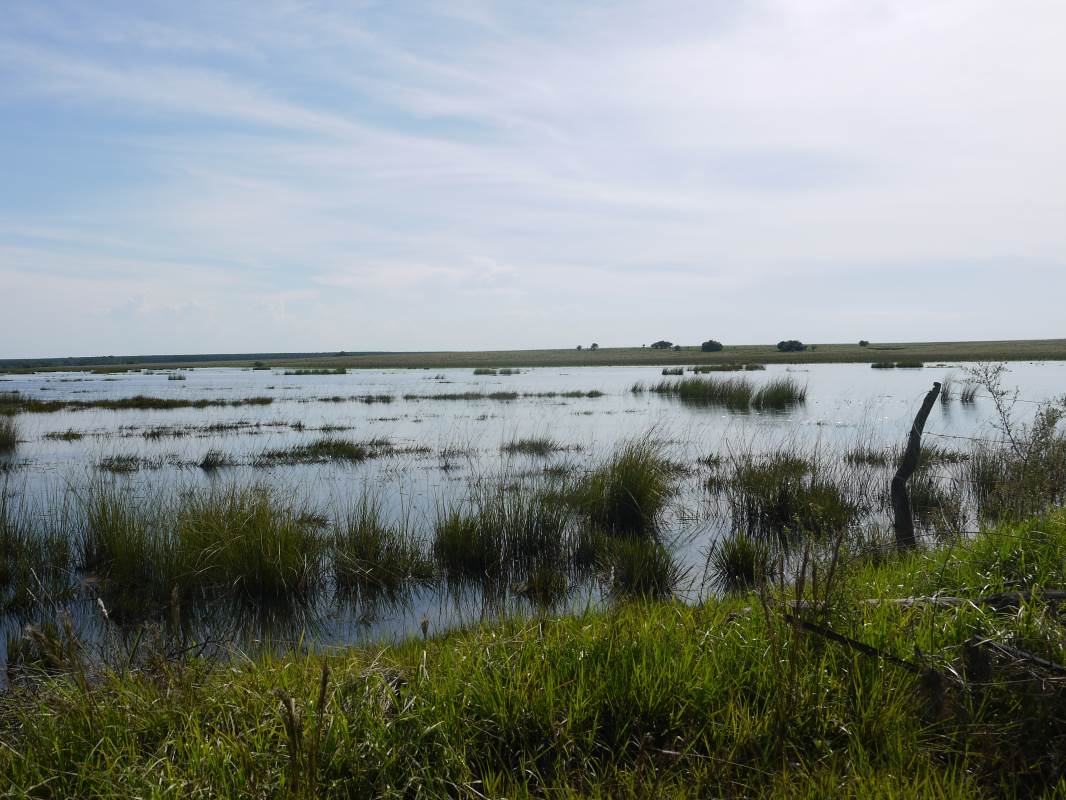
Suddenly there was a 50 m long section of road heavily flooded, with a car stuck in the mud in the middle of it.
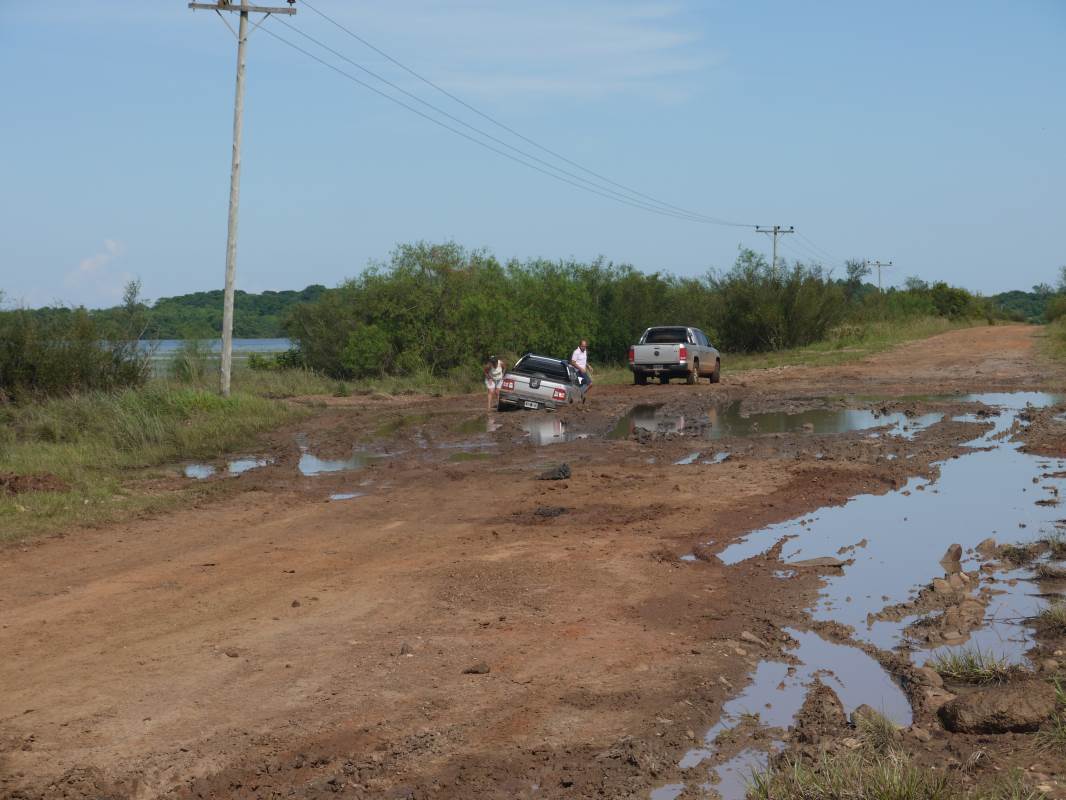
The driver had called for help already, so our services were not needed. Talking to other drivers, we found out that the road towards wetland gets worse and the probability to pass it without major headache is rather limited. We did not take the risk this time and turned back.
We spent the night at campsite close to Uruguay Artificial Lake, 20 km from the waterfalls.
Iguazu means Big Waters in Guarany language. The number of waterfalls in Iguazu fluctuates between 150 and 270, depending on the amount of water in the rivers feeding them. We happened to be here during wet season, with enormous amount of water. It is impossible to describe Iguazu Falls in words, just look at the pictures, instead. AMAZINGLY POWERFUL NATURAL SPECTACLE!
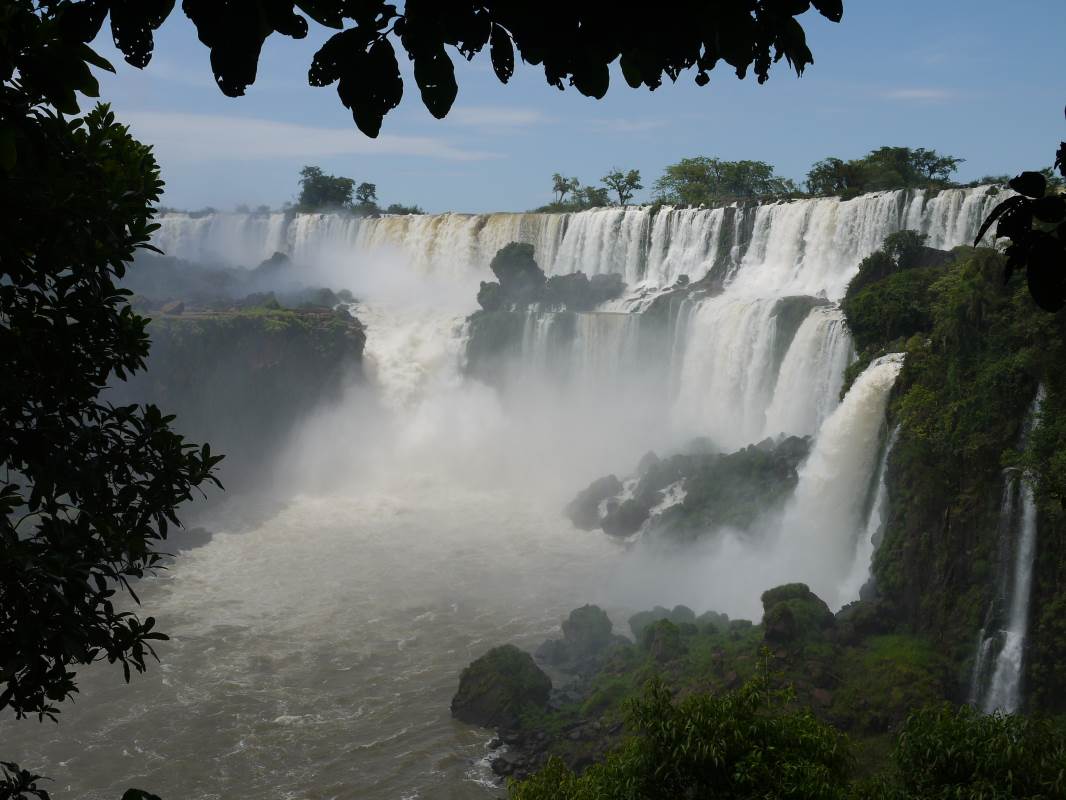
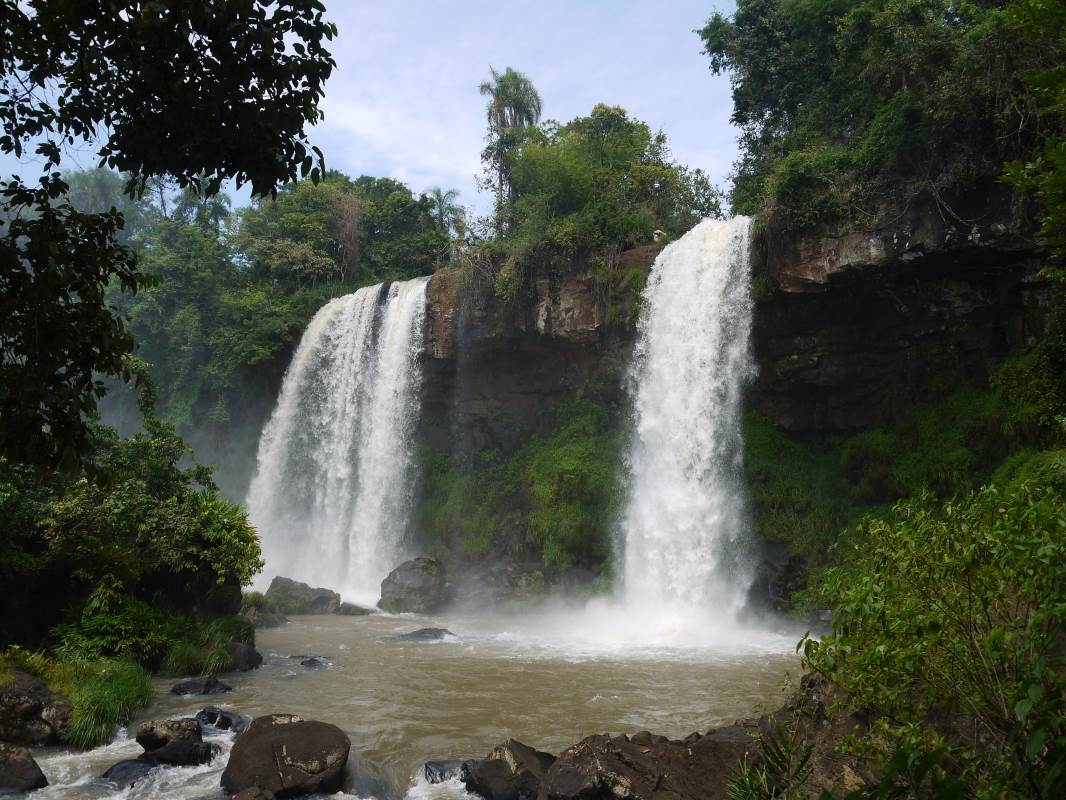
Iguazu Falls can be admired from two sides of the river, one in Argentina and another in Brazil. We started from Argentinian side. The spectacle was gorgeous, we thought that Brazilian side has nothing extra to surprise us with. As our route continued in Paraguay, not in Brazil and were afraid of troublesome border crossings, we were ready to skip Brazilian side. Luckily, it turned out that Brazilian border crossing was some kilometres after the Waterfalls and we did not have to pass any border formalities on Brazilian side neither for viewing the Falls nor for entering Paraguay. Very well organized! After visiting Iguazu from both sides, we suggest everyone to follow the same pattern, if possible. In Argentina you can get close to the Waterfalls following 2 different walking routes, or taking a train or boat, all fees are included in admission ticket price. In Brazil you get a wider and more powerful look from short distance, after a brief bus ride from the visitor centre to the Waterfalls.
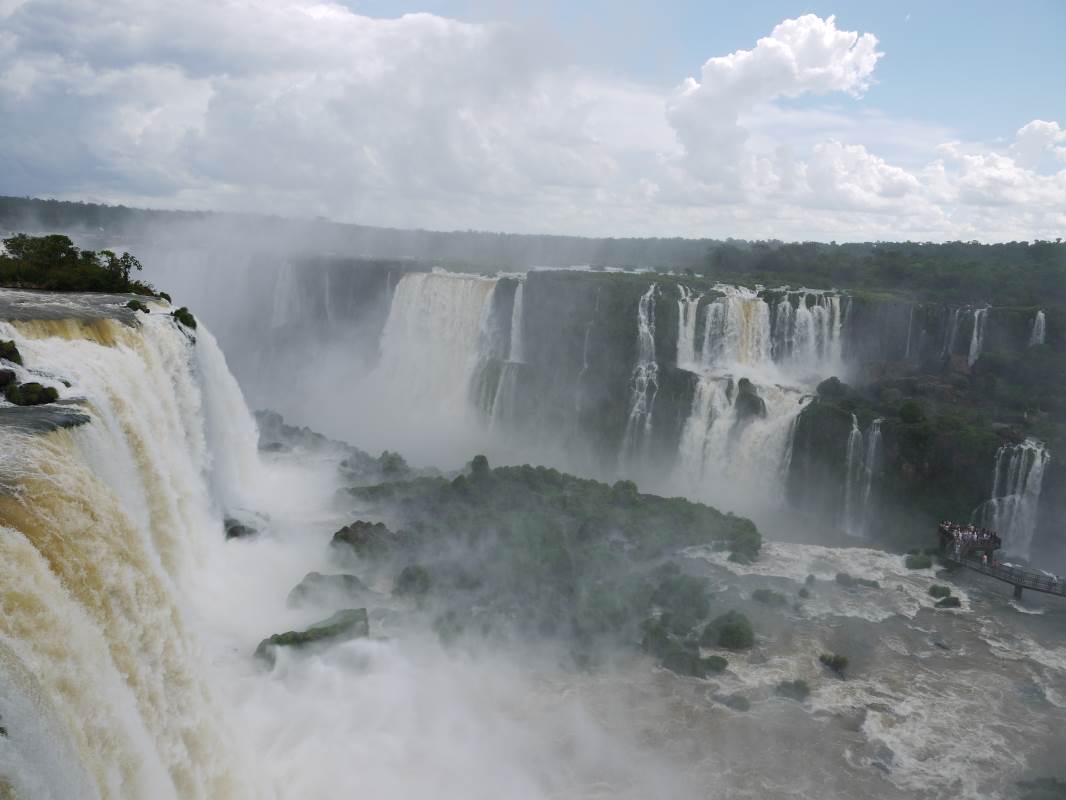

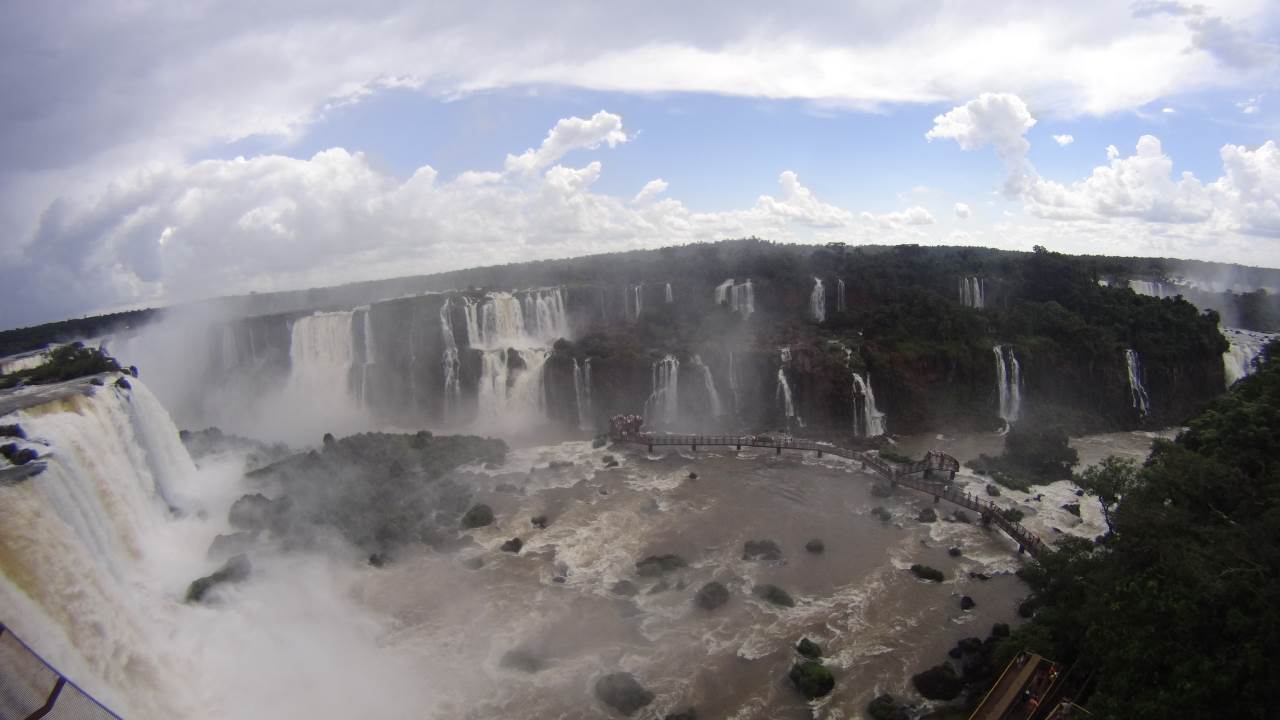



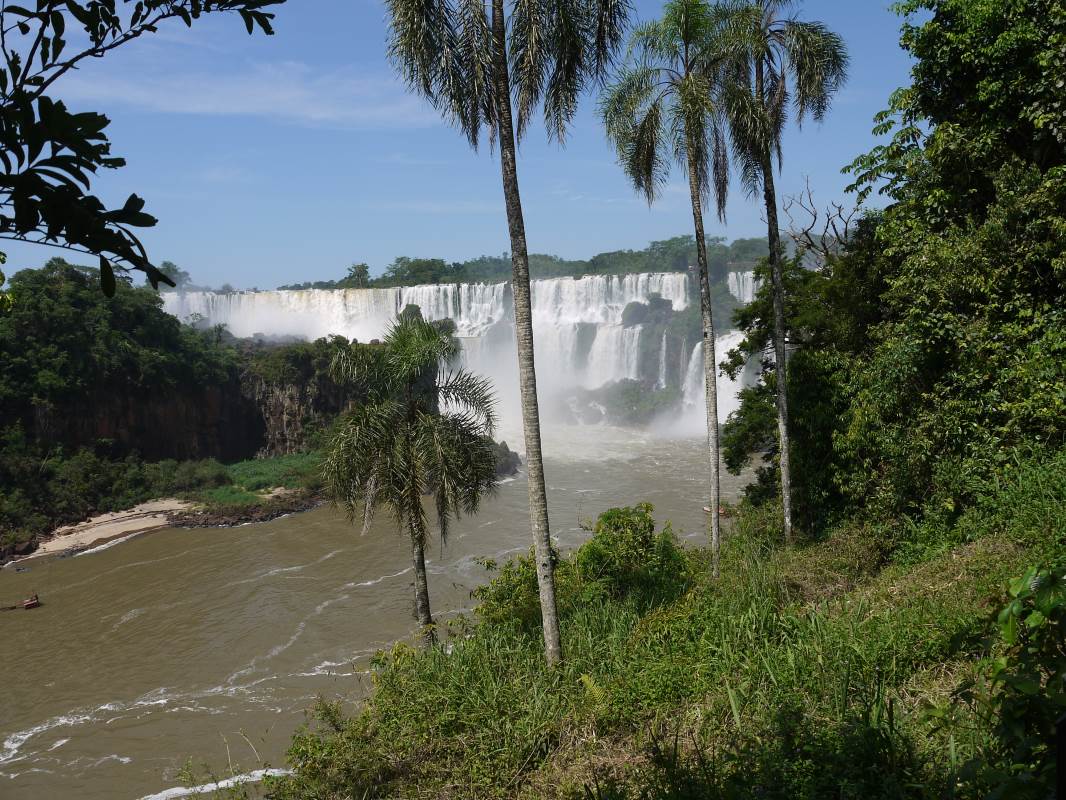
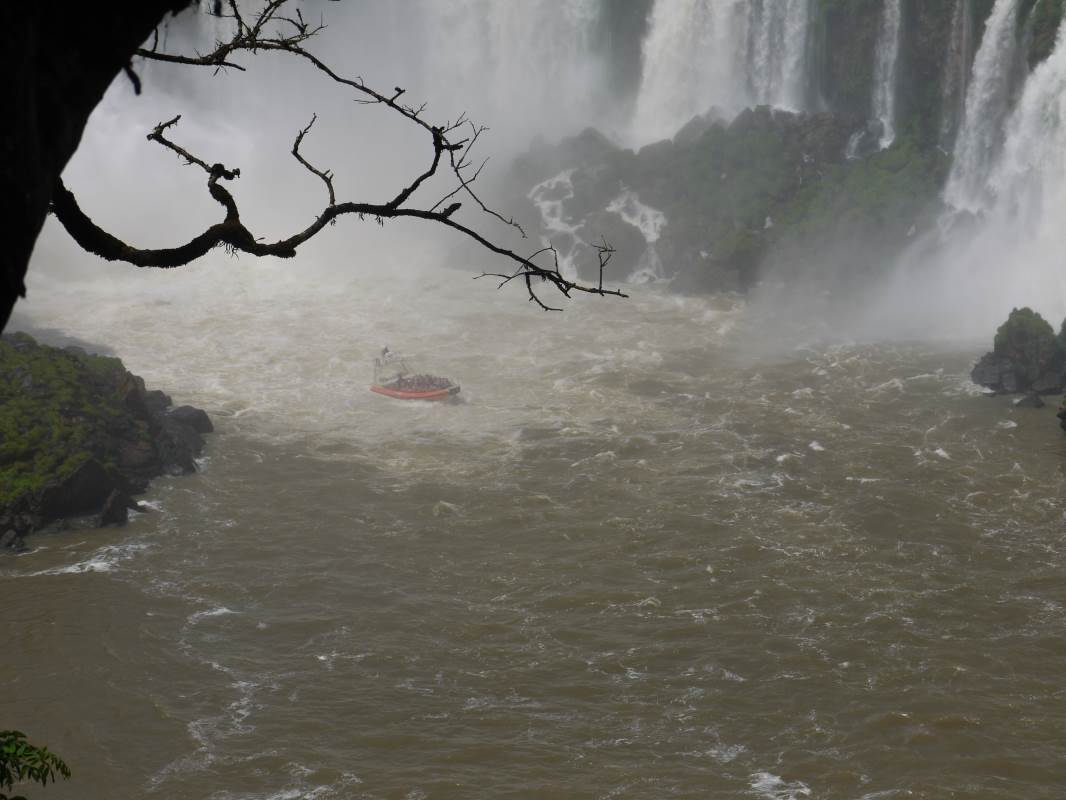


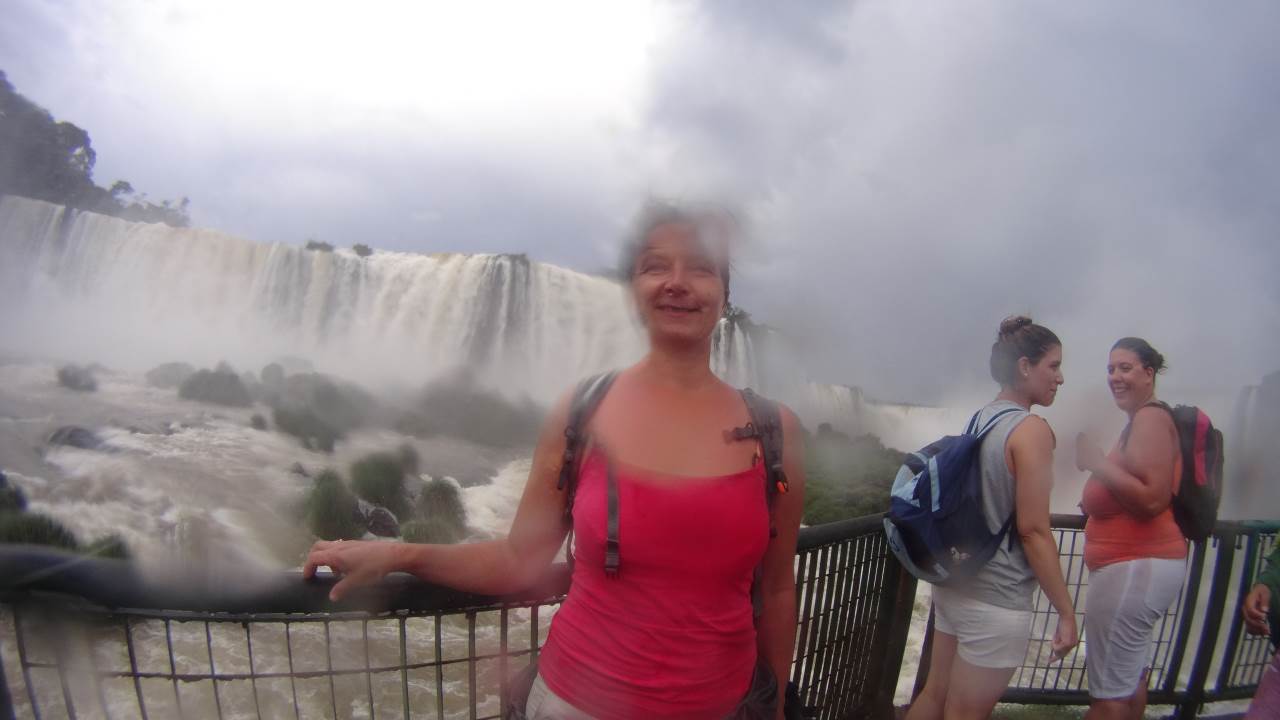
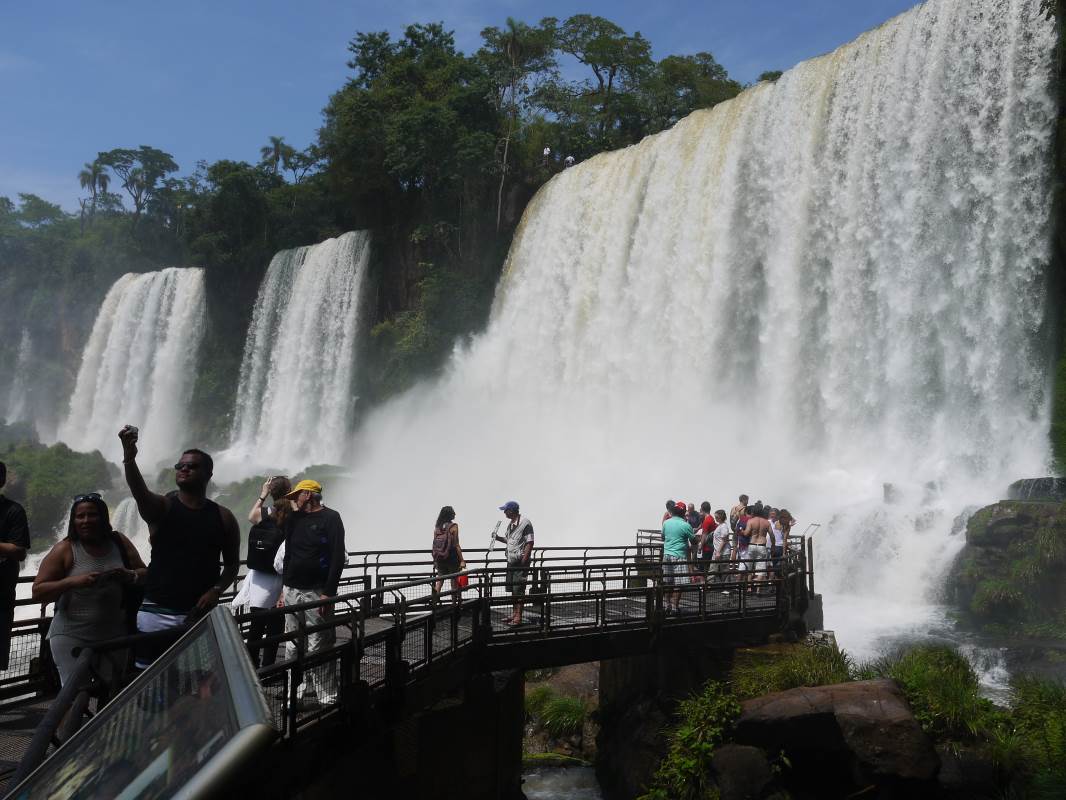
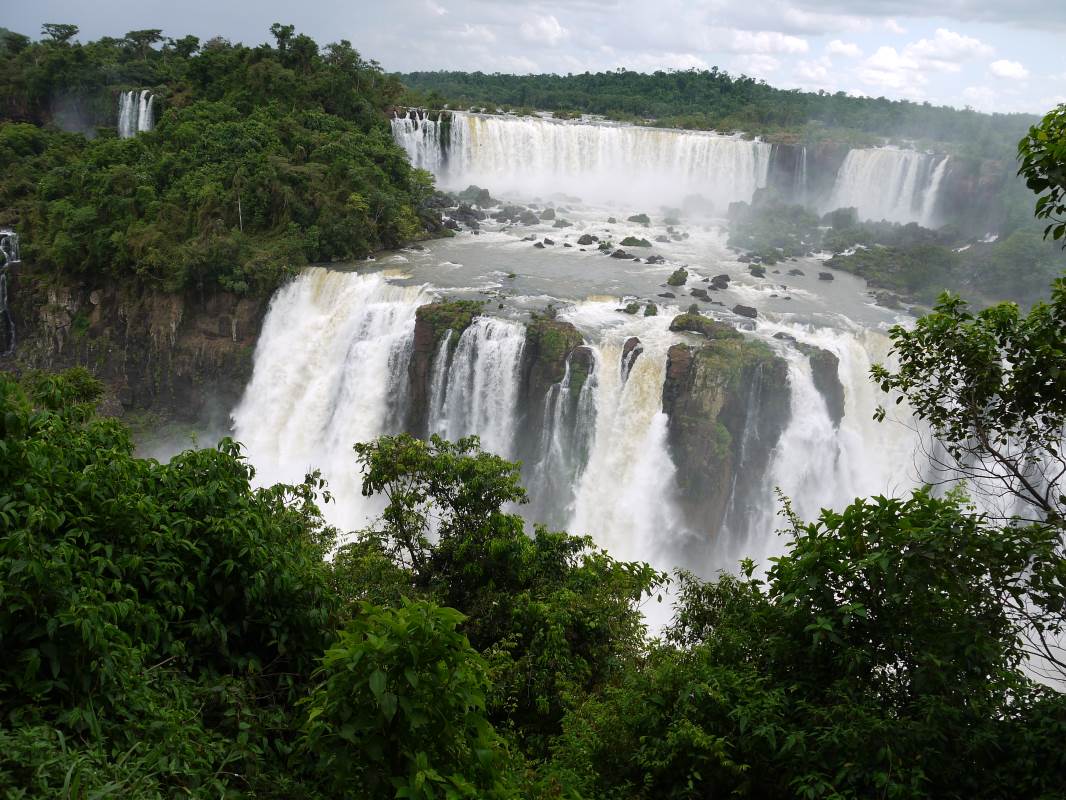
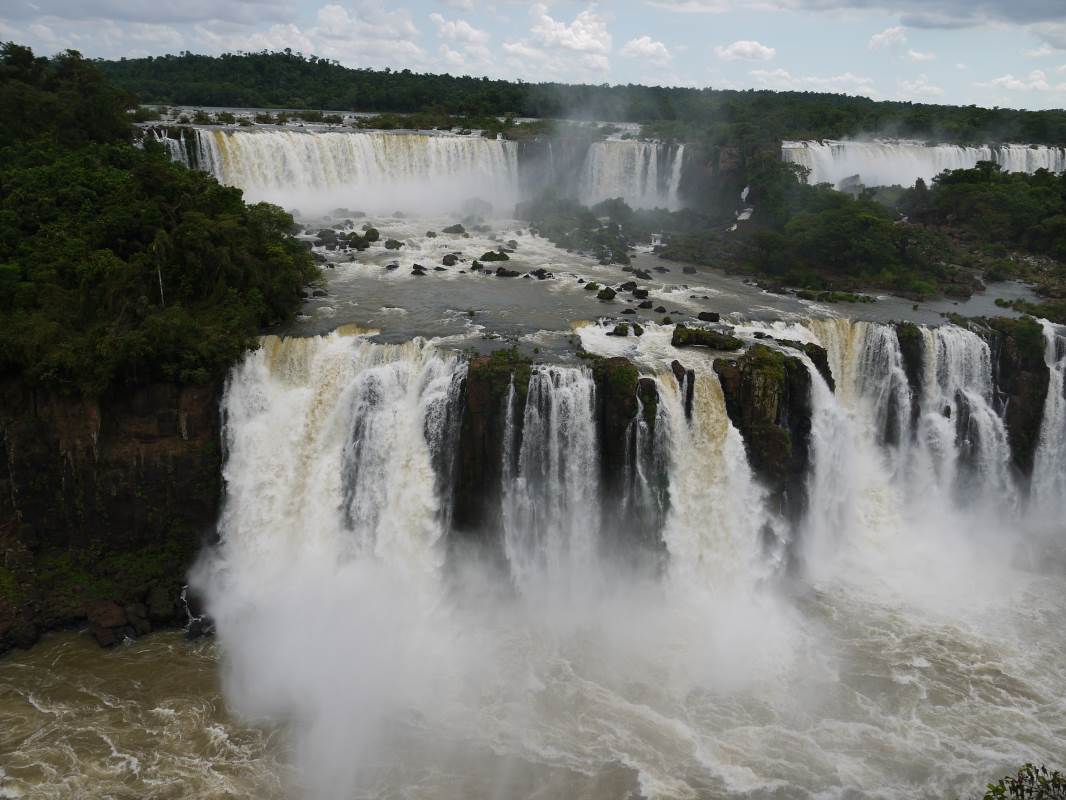
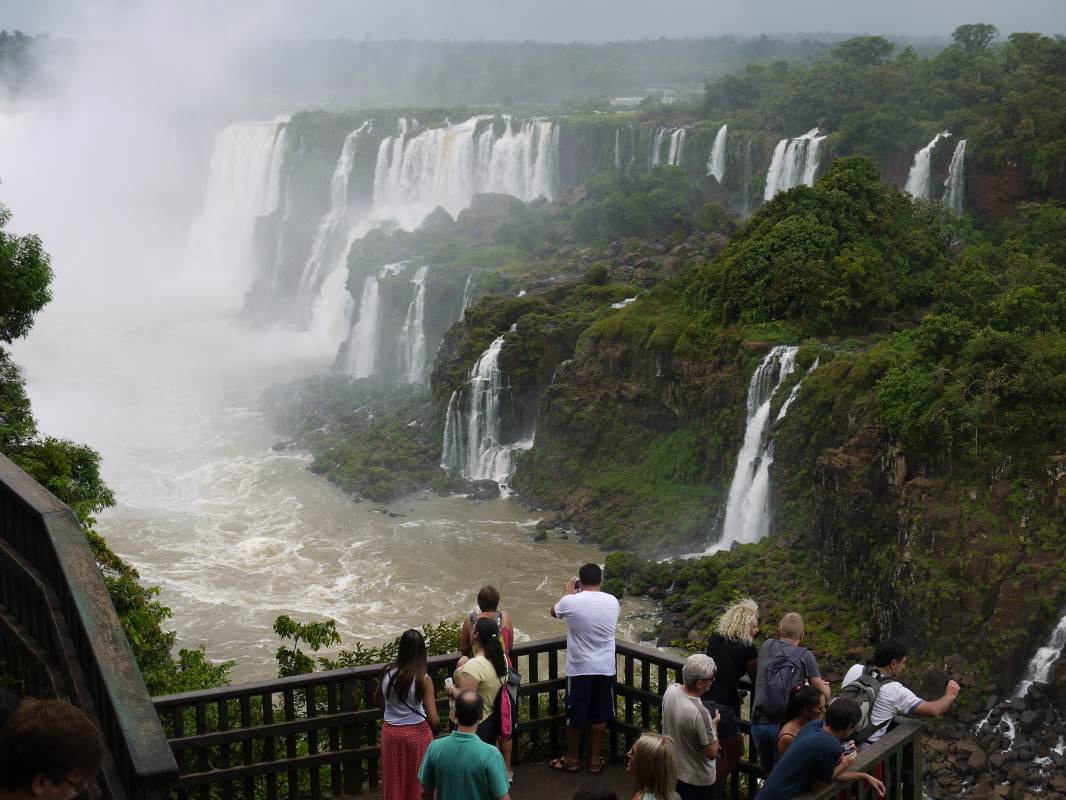
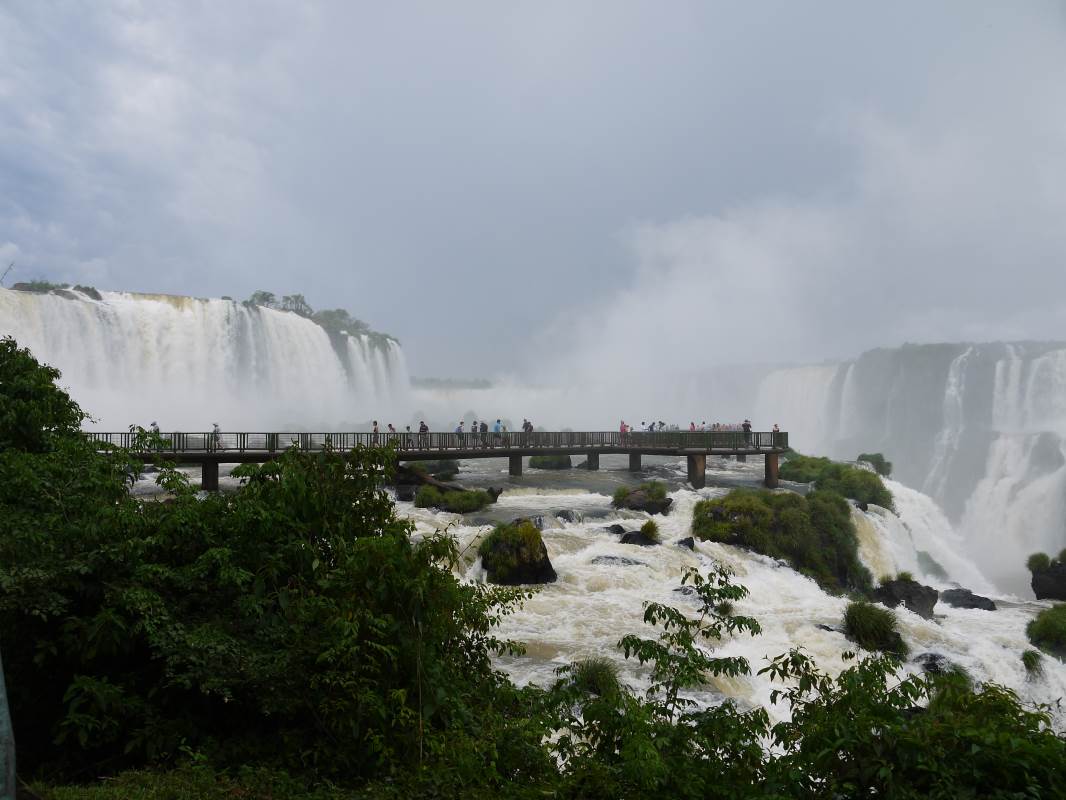


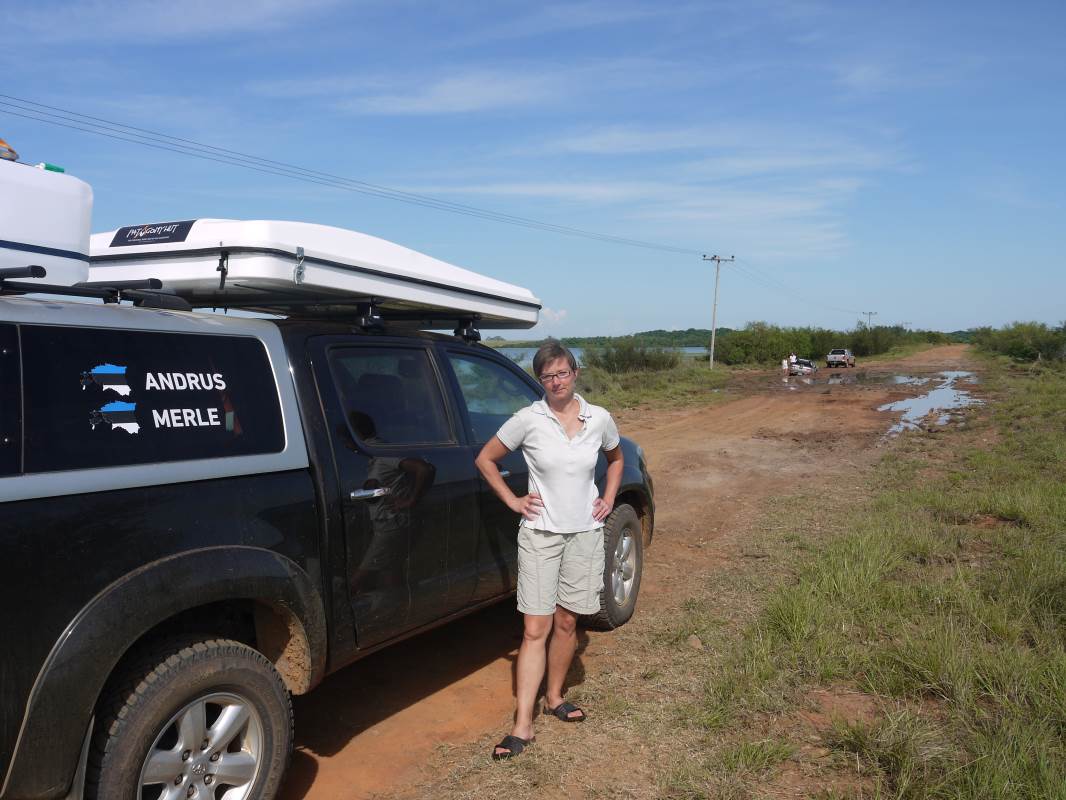
Comments
Andres January 31st, 2015
Mõnusat reisi jätku!
Maire January 31st, 2015
Iguazu - olen nõus " üle mõistuse võimas" - see ilmselt polegi ratsionaalselt seletatav - looja on olnud lihtsalt pillavalt mänglev ja nüüd on meie asi seda nautida. Iga kandi pealt - Argentiinast ja Brasiiliast. Tuhat tänu jagamast ! Kalli-kalli teile!
Kätlin February 1st, 2015
sirrmann February 3rd, 2015
U. February 4th, 2015
Edu!
Priit (Mode) February 4th, 2015
Vaatame, mis RSS'ga teha saab.
Praegu parim võimalus postitusi järgida on liitudes uudiskirjaga. Iga lehe jaluses on kast "Teavita mind uuest postitusest aadressil". Mingit muud spämmi ei saadeta, ainult notification kui uus post tuleb :)
Taavi (Webmaster) February 9th, 2015
http://vandersonid.eu/rss.xml